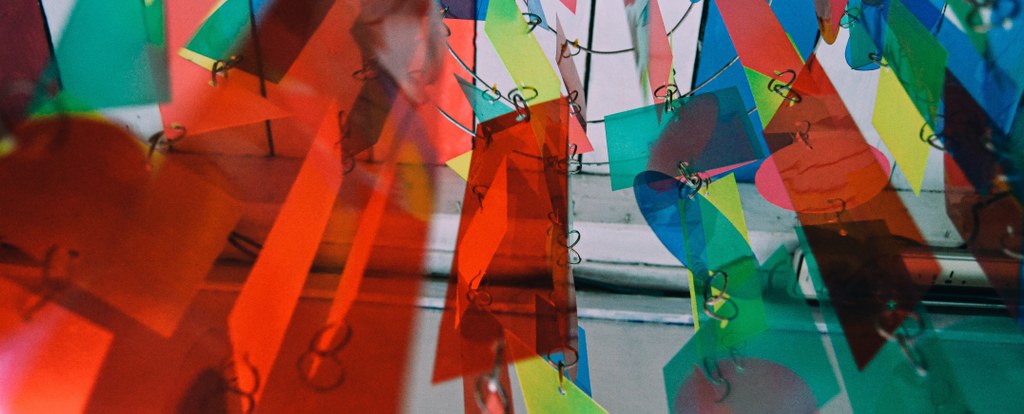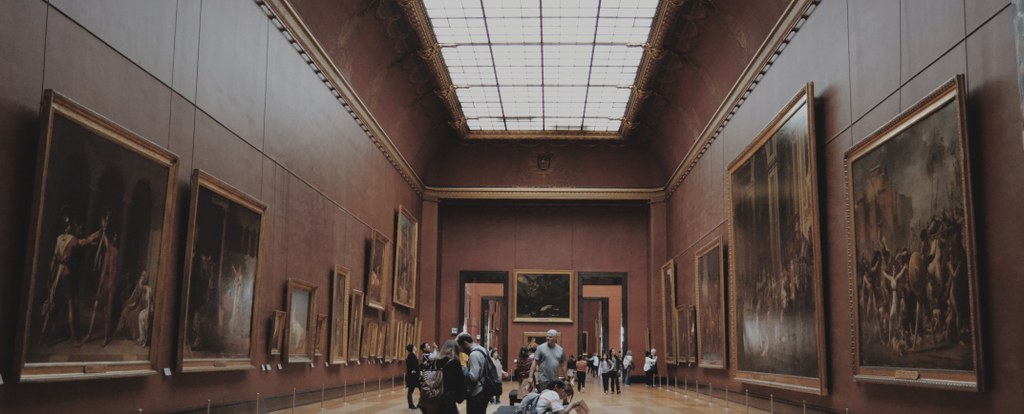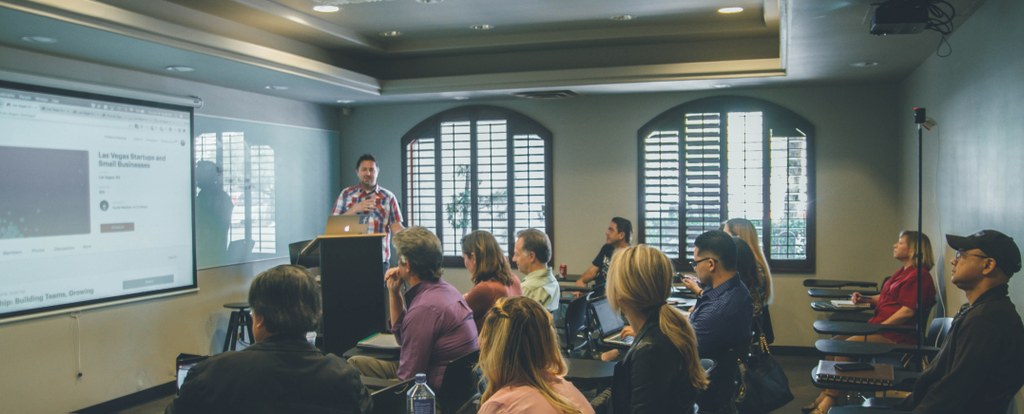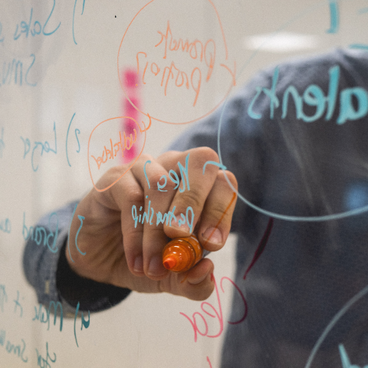Homepage
Why
Accessibility is the core of one of the areas of action of the European Disability Strategy 2010-2020 and of the Strategy for the Rights of Persons with Disabilities 2020-2030. Culture is one of the most crucial contexts in which accessibility is declined, because of its centrality in the growth of both the individual and the society.
Nevertheless, the level of education of persons with disabilities continues to be largely lower than the one of persons without disabilities. At present, people with disabilities are only represented on average in 1.1% of the university degree students and the percentage is even lower when talking of master, postgraduate or PhD students. Despite the effort carried out by many European universities, it is still necessary to adopt positive actions to promote access and guarantee Higher Education adapted to special needs, for the largest number of people.
Who
The In-VisIBLe consortium includes 3 Higher Education Institutions, 1 international research institution, 1 public entity for the blind and 1 renowned museum for blind people. The partners are Alma Mater Studiorum - Università di Bologna (UNIBO), Italy; Yedetepe University (YU), Istanbul, Turkey; Akademia Humanistyczno-Ekonomiczna w Łodzi (AHE), Lodz, Poland; Information Technologies Institute of Centre for Research and Technology Hellas (CERTH), Thessaloniki, Greece; Center for Education and Rehabilitation for the Blind (CERB), Athens and Thessaloniki, Greece; Museo Omero (MO), Ancona, Italy. The mixed composition of the partnership ensures that the project results benefit from different fields of expertise (Architecture, Virtual reality and 3D Modelling, ICTs, Educational Sciences, Inclusive Education) and that they meet the needs of different target groups/sectors.
What
The In-VisIBLe (an Inclusive and Innovative learning tool for Visually Impaired and Blind people) project aims at answering to this pressing and growing need for inclusion, improving access to cultural contents in Higher Education for people with special needs.
The In-VisIBLe project aims at answering to this pressing and growing need for inclusion in Higher Education, by using and implementing innovative tools for communication and fruition of cultural contents, to be integrated in HE didactic modules. It is focused on visual disability, as there are about 30 million people with visual impairment in the EU countries: a community which faces daily to discrimination, whose struggle for social and cultural inclusion is a social priority. A real access to culture for visually impaired and blind (VIB) is thus an important issue, particularly in that field that excludes them without remedy, the so-called “visual” arts.
Project Results
-
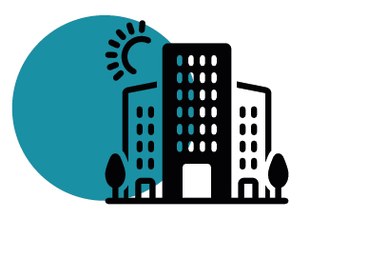
Higher Education Innovative and Inclusive Didactic Modules (IDM) of History of Architecture.
-
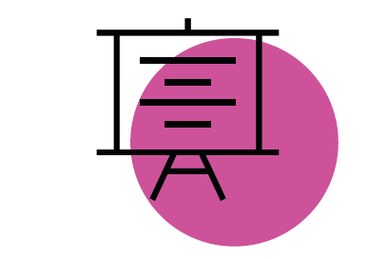
Guidelines for the design and realization of 3D architectural models accessible to VIB.
-
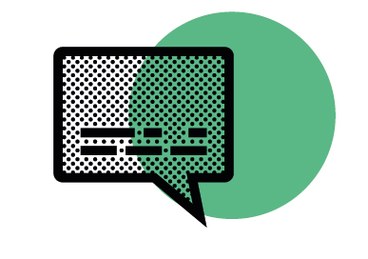
In-VisIBLe Image Captioning Dataset and System.
-

In-VisIBLe Teaching & Learning Web Platform.
-
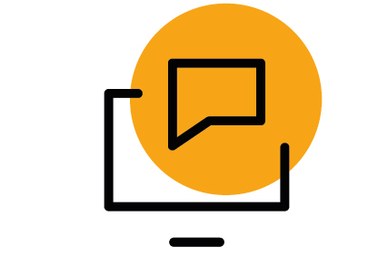
Massive Open Online Courses (MOOC) of History of Architecture accessible to VIB.
-
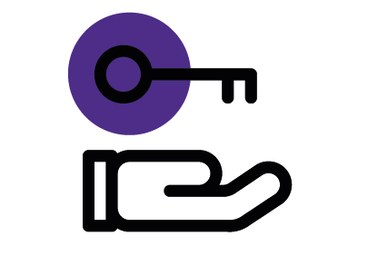
Guidelines to make architecture and visual arts accessible to VIB.

